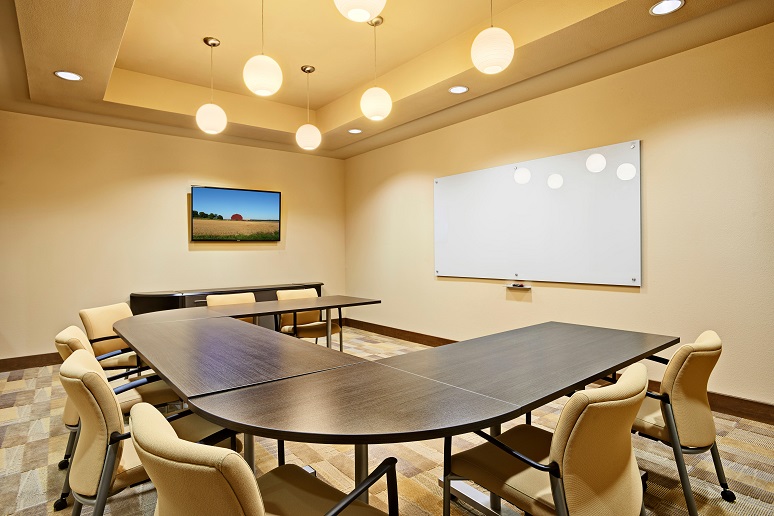At Enterprise Connect, I try to identify one new product that innovatively meets an emerging need. This year, I found a room system usage display that does not require power to be installed, resulting in much lower costs to enable room availability indications.
One area of office life that many organizations are trying to resolve is how to manage conference and huddle rooms. After two years of working from home, our employees have gotten used to having sensitive and critical meetings on video, often with a controlled environment to assure the privacy of the meeting (generally our living rooms are quite secure) on the timetables that work best for them . As we return to the office, organizations are ensuring that their conference rooms and huddle spaces are equipped to continue private virtual meetings.
The issue that emerges is scheduling these rooms and spaces. While popular UCaaS solutions like Teams and Webex include online mechanisms to reserve a room, having a mechanism at the room location to show current availability, future reservations, and the ability to enter and reserve a room ad-hoc is important. This enables employees to walk past the conference spaces and immediately see whether they can use the room and for how long.
The challenge with installing these room reservations systems is they are generally displayed and updated on some hardware that requires power. While most will use a simple POE connection (potentially eschewing conduit for a plenum safe wire), they still require a significant facilities investment to get the power installed to the wall where the room indicator is going to go. In environments where the display must be mounted on a glass wall, it gets even more difficult.
At a vendor analyst reception, I met Martin Fishman of Visionect. Visionect uses the low-power digital paper display technology pioneered by the Kindle to build devices that can be battery-powered to replace powered displays. One of their products is the
Joan room system reservation panel (see image above). The Joan 6 Pro is a six-inch diagonal 4:3 display. It is battery-powered and will work for up to six months per charge. You can mount it on the wall, directly on glass, or with a small bracket. A magnetic backing enables removal for charging. Interestingly, the magnetic mount is the room index, so any Joan attached to that mount will be assigned to that room.
The key is the price. While the $749 list price may seem high in comparison to an Android tablet, the use of low-power digital paper displays eliminates the wiring and the associated cost. For installations of room displays, the installation is often the largest cost item. Running a new Cat5/6 cable through the plenum and down the wall to the installation location and be a $1-2,000 installations cost. It also requires significant coordination, often with the IT and facilities groups to accommodate. So once you factor in time, materials, and labor, a wireless Joan screen could save up to 70% of the cost of a wired install.
Currently, Visionect has three software options to go with the Joan displays. They range from a basic essential for room booking to more sophisticated versions. Monthly subscription prices range from $6 to $23 for these options. While these options may be adequate for some users, I expect there will be substantial demand to integrate the Joan panels into the room reservation systems from Microsoft, Cisco, and other UCaaS vendors. This would enable rooms to have a low-cost panel option included in the more comprehensive vendor solutions.
As we all plan for how to go back to the office and how to make the new office both attractive to our employees and safe for their use, room reservation systems and room activity displays will be seen as critical. With the Joan panel, Visionect is showing that these can be delivered without requiring expensive electrical and facilities work. I look forward to how digital paper and low-power devices can be incorporated into our next-generation communications and collaboration solutions.











